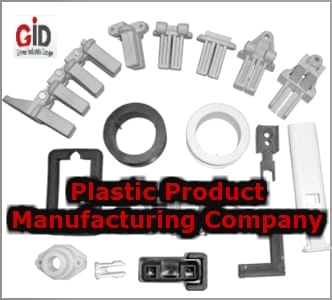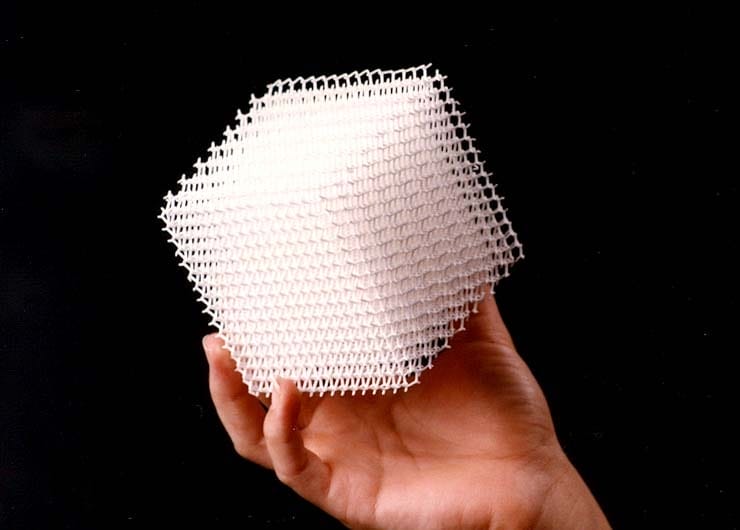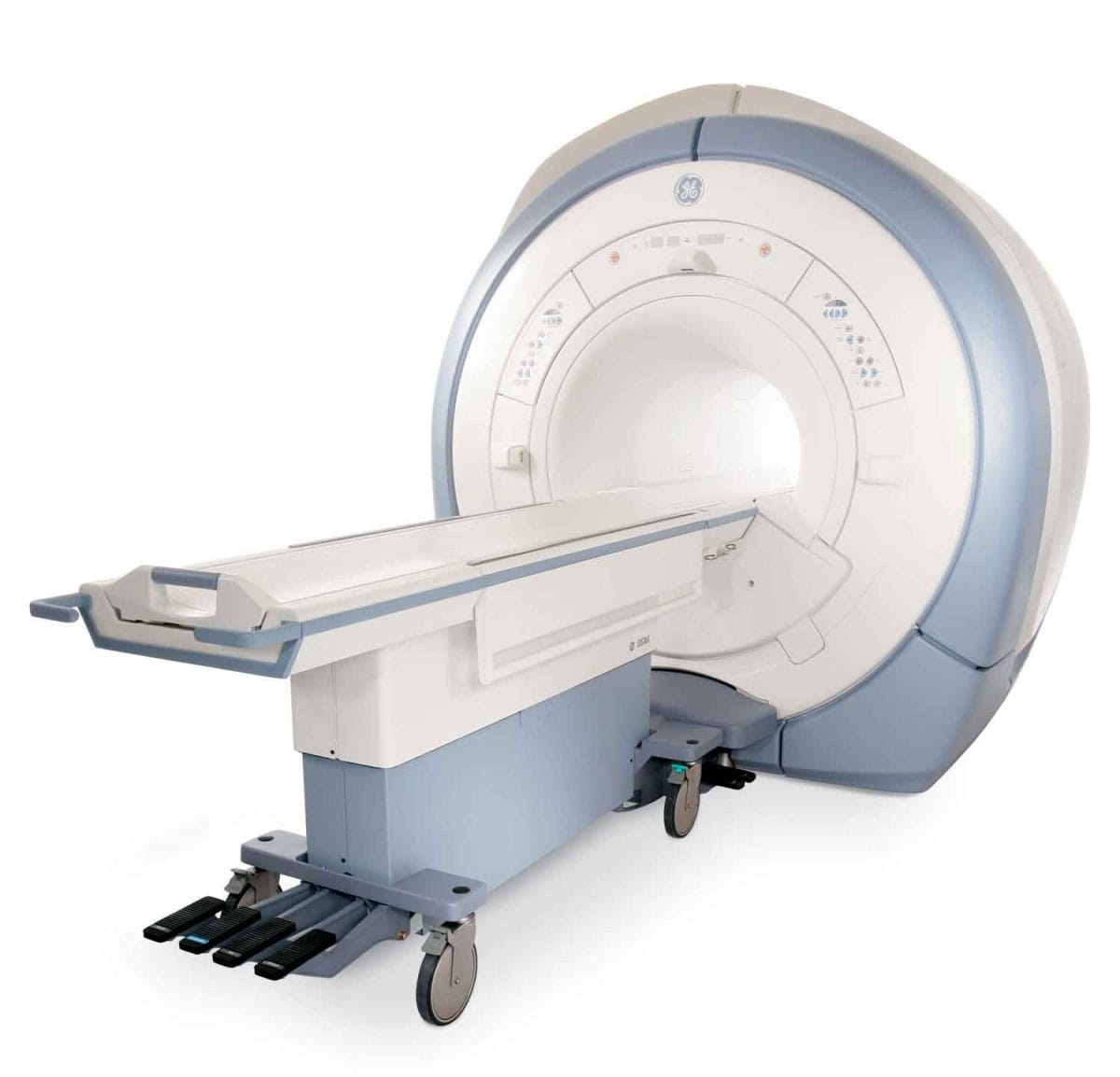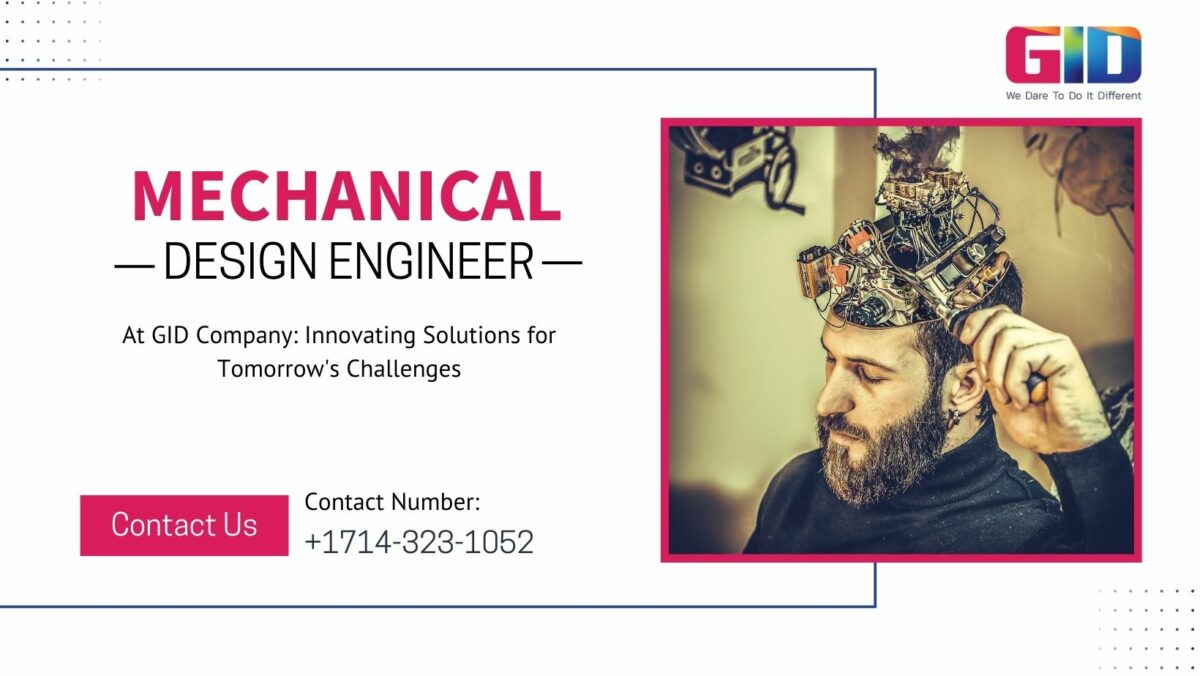In the process of new product development, the phase of product design is all about designing a product in an aesthetically beautiful and functionally useful manner. It gives shape to your concept and makes the final product stay ahead of other similar products that are already available in the market. There are hundreds of product design and development companies in the United States, possessing comprehensive experience in conceptualizing, designing, prototyping, and manufacturing a variety of industrial products. However, industrial product design services offered by the GID Development Corporation are more precise, fruitful and industry oriented.
Best Product Design Services California [USA]
The GID Development Corporation is a product design and manufacturing company based in California, USA. We have a team of highly qualified, experienced, and creative product designers who strive for nothing but the best. They keep on exploring the product development industry to offer solutions that are far superior to ordinary solutions available in the market. Our team of product designers can carry out a wide variety of functions, based on the existing industry trend, competition and research.
At the GID Development Corporation, we have a compact development team that includes industrial designers, electronics and software engineers, mechanical engineers, researchers, prototyping experts, as well as dedicated industry specialists, who lead our product design and development projects. Our thorough, statistics-based design and development procedures are focused on delivering solutions that our customers value, and at the same time ensuring that manufacturing costs are tightly controlled.
We offer professional product design services to different industries, and they are as follows:
Healthcare Product Design Services – At the GID Development Corporation, we have already designed and developed many innovative healthcare and medical devices. Our passion for perfection has allowed us to create countless innovations that allow everyone, from experts to consumers, gain better control over their health. Based on our 40 years of industry excellence, we ensure that technological innovations are transformed into ingenious products that are useful for patients as well as the medical staff.
Automotive Product Design Services – Automotive product design and development is at the core of the GID Development Corporation. It requires expertise in different aspects of engineering such as mechanical, electronic, electrical, software and safety engineering. We have skilled product designers and engineers to help customers overcome industry challenges using the latest product design software such as CATIA V6 and other CAD software applications.
Industrial Equipment Design Services – At the GID Development Corporation, we possess a sound ability to design industrial machinery and systems. Our product designers and engineers feature mechanical, electrical, pneumatic, hydraulic, and programming expertise, which allow them to design comprehensive industrial systems solely in our facility.
Sports Product Design Services – We know that sporting product design is nothing but designing a protective gear and enhancing performance to elevate the athlete’s game. Our team of product designers has worked on safety products such as knee pads that ensure safety and comfort both at the same time. Under the hood of sports product design services, we aim to deliver solutions that are far superior to traditional solutions offered in the market.
Apart from above mentioned categories, we excel in designing and manufacturing new products for different business sectors such as fire safety and security, vending, gaming, lifestyle and toys to name a few. Contact us with your concept and we ensure taking your product idea to the next level. With the use of all the latest designing and manufacturing tools, we help you take your products to market faster, ensuring the product design adheres to the regional compliance.
To schedule a free consultation, where you can discuss the feasibility of your concept, contact us at www.GIDCompany.com or call Jim at 714-323-1052.








